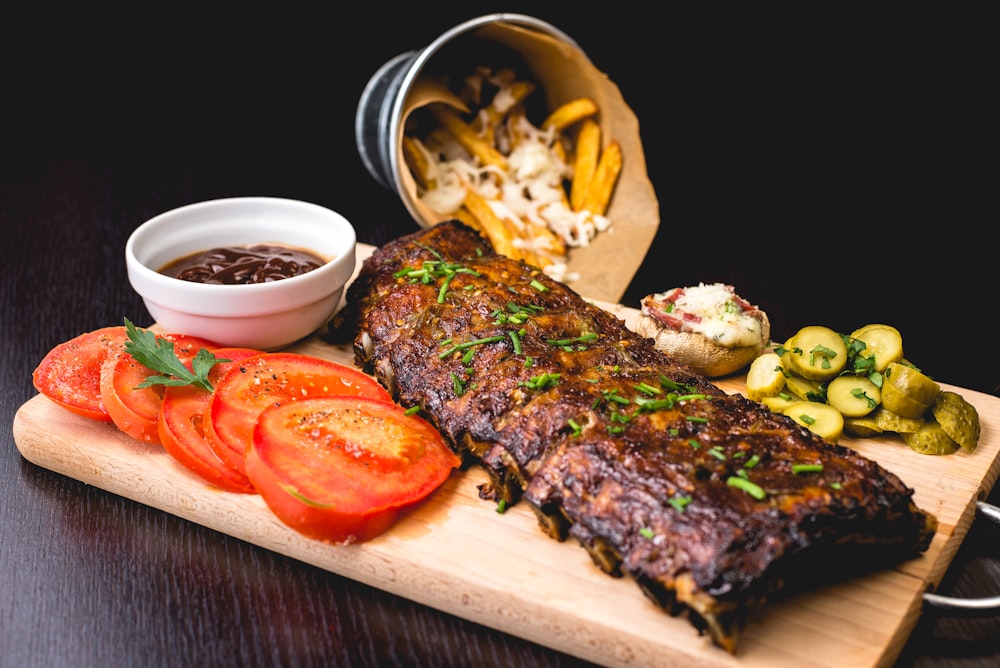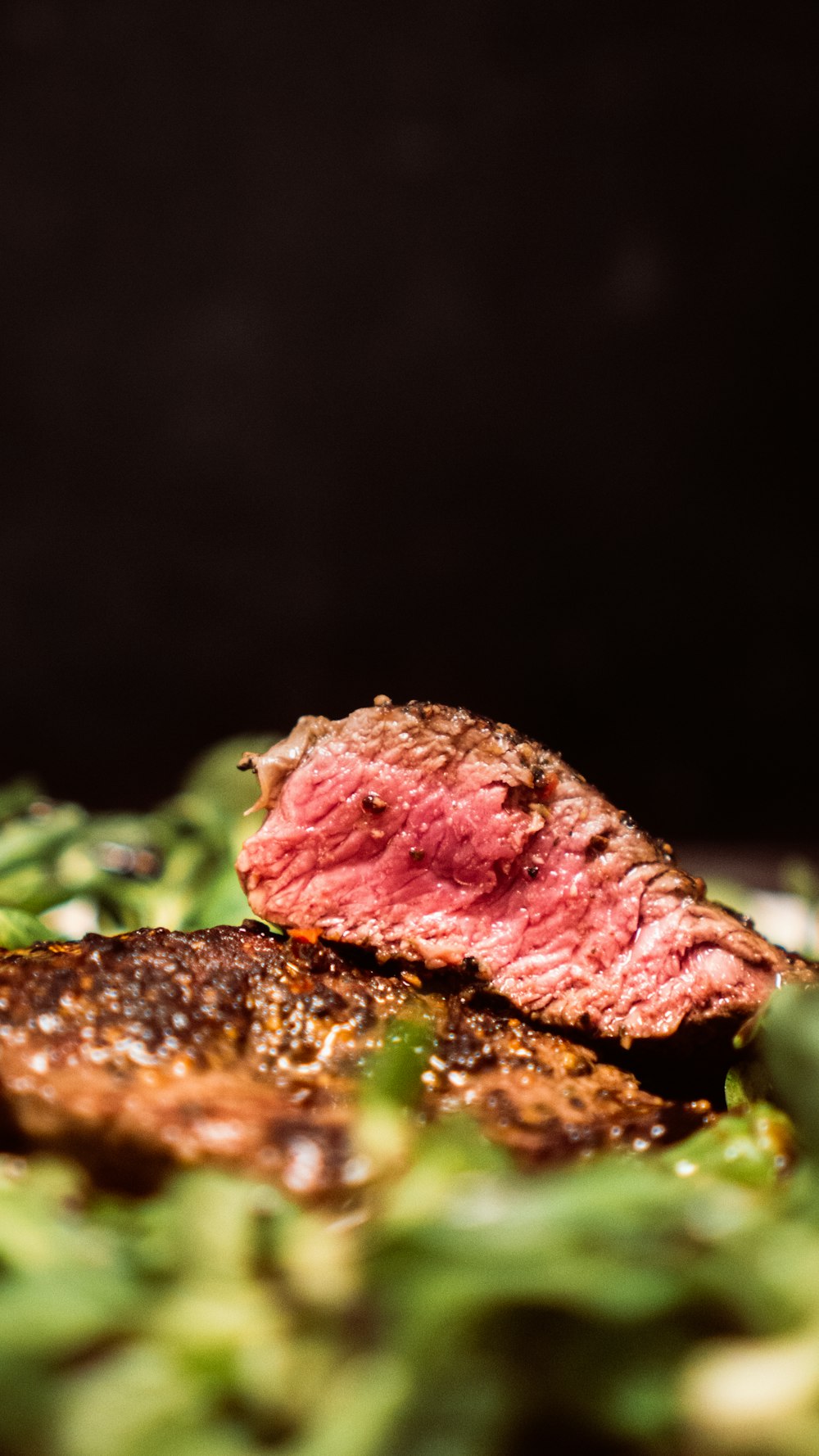Review: High-Temperature Thermometers for Searing - Finding the Perfect Tool for the Job
This comprehensive blog post reviews high-temperature thermometers for searing, explaining why they're essential for achieving perfect results. It covers key features to look for, recommends top models including TITAN GRILLERS Digital Meat Thermometer, provides practical usage tips, and addresses common searing mistakes. The article also explains the science behind searing and offers maintenance advice for thermometers.

Review: High-Temperature Thermometers for Searing - Finding the Perfect Tool for the Job
Have you ever pulled a steak off the grill thinking it was perfectly seared, only to cut into it and find it's either undercooked or overdone? We've all been there. When it comes to achieving that restaurant-quality sear on steaks and other meats, temperature precision is everything. Today, I'm diving deep into the world of high-temperature thermometers – the unsung heroes of perfect searing.
Why You Need a High-Temperature Thermometer for Searing
When I first started getting serious about grilling, I thought my regular meat thermometer would do the job for everything. Boy, was I wrong. During a neighborhood cookout last summer, I was attempting to impress my guests with perfectly seared ribeyes. Despite my confidence, I ended up with steaks that were charred on the outside but still rare in the middle – not the medium I was aiming for.
The problem? Standard meat thermometers typically max out around 220°F (104°C), but proper searing happens at temperatures between 400°F and 700°F (204°C and 371°C). This is where high-temperature thermometers become essential.
High-temperature thermometers are specifically designed to withstand and accurately measure these extreme temperatures. They're crucial for:
- Getting the perfect sear on steaks
- Monitoring your cast iron skillet or griddle
- Ensuring your grill is at the optimal temperature
- Preventing flare-ups from destroying your expensive cuts of meat
Key Features to Look For in High-Temperature Thermometers
Not all high-temperature thermometers are created equal. After testing dozens of models over the years, I've identified the most important features to consider:
Temperature Range
For serious searing, look for thermometers that can measure up to at least 700°F (371°C). The best models on the market can go as high as 1000°F (538°C), which is perfect for checking the temperature of pizza stones or monitoring your grill during high-heat cleaning.
Response Time
When you're working with extreme heat, seconds matter. The difference between a perfect sear and a burnt crust can happen in moments. Premium high-temperature thermometers offer response times of 2-3 seconds, allowing you to make quick adjustments.
Durability
Given the extreme conditions these thermometers face, durability is non-negotiable. Look for models with stainless steel probes and heat-resistant handles. Waterproof ratings are also valuable for outdoor grilling, especially when unexpected rain hits.
Accuracy
Even a 25°F difference can significantly impact your searing results. The best high-temperature thermometers maintain accuracy within ±1% of the reading, ensuring consistent results every time.
Top High-Temperature Thermometers Worth Considering
After extensive testing and research, here are some standout options for various needs and budgets:
Best Overall: TITAN GRILLERS Digital Meat Thermometer
While primarily known as a meat thermometer, the TITAN GRILLERS Digital Meat Thermometer impressed me with its versatility for high-temperature applications. With a temperature range up to 572°F (300°C), it handles most searing tasks admirably. What sets it apart is the lightning-fast 2-3 second reading time and exceptional accuracy of ±1.8°F (±1°C).
I particularly appreciate its foldable probe design, which makes it easy to store and extends probe life. The backlit display is another thoughtful touch – perfect for evening grilling sessions when you're trying to check those temperatures in low light.
For the price point, it offers incredible value for both everyday grilling and high-temperature searing applications. I've been using mine for both standard meat temperature checks and monitoring my cast iron for the perfect sear temperature.
Best Professional-Grade: ThermoPro TP620 Digital Meat Thermometer
For those willing to invest a bit more, this thermometer offers an impressive temperature range up to 932°F (500°C). Its ultra-fast response time of 1-2 seconds gives you precision control when working with high-heat searing. I've found it particularly useful for reverse searing techniques where temperature precision is critical at both low and high ends of the spectrum.
Budget-Friendly Option: Kizen Digital Meat Thermometer
If you're just getting started with searing, this affordable option provides a respectable temperature range up to 572°F (300°C). While its response time is slightly slower at 4-5 seconds, it still performs admirably for most home cooking applications.
How to Use a High-Temperature Thermometer for Perfect Searing
Having the right tool is only half the battle – knowing how to use it properly is equally important. Here's my tried-and-true method for achieving steakhouse-quality sears:
- Preheat your searing surface: Whether using a cast iron skillet or grill grates, preheat thoroughly. Use your high-temperature thermometer to verify when your surface reaches 450-500°F (232-260°C) for optimal searing.
- Monitor, don't guess: Rather than relying on the "hand test" or timing, check your surface temperature directly. This prevents both inadequate searing from too-low temperatures and burnt exteriors from excessive heat.
- Check multiple spots: Surface temperatures can vary significantly across your cooking surface. Take readings from several areas to identify hot and cold spots.
- Remember carryover cooking: After searing, temperatures will continue to rise. Remove meats about 5-10°F before they reach your target internal temperature.
- Maintain your thermometer: High-temperature exposure can eventually affect accuracy. Regularly calibrate your thermometer following the manufacturer's instructions.
Common Mistakes to Avoid When Searing
Even with the right thermometer, searing missteps can happen. Here are some pitfalls I've learned to avoid:
- Starting with wet meat: Always pat meat dry before searing. Moisture creates steam, preventing proper browning.
- Overcrowding the cooking surface: Give each piece ample space. Overcrowding lowers surface temperature and causes steaming instead of searing.
- Constantly flipping: Once the meat hits the hot surface, resist the urge to repeatedly check or flip it. Allow proper contact time for the Maillard reaction to work its magic.
- Ignoring resting time: After achieving that perfect sear, let your meat rest. As I explained in my article on resting meat, this critical phase allows juices to redistribute.
The Science Behind Perfect Searing
Understanding why temperature matters so much can help improve your technique. The perfect sear is all about the Maillard reaction – a complex chemical process that occurs when proteins and sugars in meat are exposed to high heat, creating hundreds of new flavor compounds.
This reaction happens most efficiently between 300°F and 500°F (149°C and 260°C). Below this range, you'll get minimal browning and flavor development. Above it, you risk burning and creating bitter compounds. This narrow window is precisely why a high-temperature thermometer is so valuable – it helps you hit that sweet spot consistently.
As I covered in my guide on the reverse sear method, properly managing both low and high temperatures during cooking produces remarkable results that aren't possible with guesswork.
Maintaining Your High-Temperature Thermometer
These specialized tools require proper care to ensure longevity and continued accuracy:
- Clean after each use: Wipe the probe with a damp cloth while still warm (not hot) to remove residue.
- Avoid submerging: Most high-temperature thermometers aren't fully waterproof. Clean carefully without submerging electronic components.
- Store properly: Use any provided probe covers or sheaths to protect the sensitive tip.
- Calibrate regularly: Even the best thermometers can drift over time. Many have calibration functions – check your manual for instructions.
- Replace batteries promptly: Low battery power can affect reading accuracy.
Final Thoughts: Is a High-Temperature Thermometer Worth It?
If you're serious about elevating your grilling and searing game, a high-temperature thermometer is an absolute game-changer. While you could continue guessing or using the "hand test" method, the precision and consistency that comes with proper temperature monitoring will transform your results.
I've found that since adding a good high-temperature thermometer to my grilling arsenal, my success rate with perfectly seared steaks has gone from maybe 60% to well over 90%. That confidence alone has been worth the investment.
Whether you choose the versatile TITAN GRILLERS option that handles both meat temperatures and searing temperatures, or opt for a dedicated high-temperature model, you'll be taking a significant step toward mastering the art of the perfect sear.
Have you used a high-temperature thermometer for searing? I'd love to hear about your experiences and results in the comments below!
Want to learn more about perfecting your grilling techniques? Check out my guide on How to Tell When Your Meat is Done Without Cutting Into It.
You Might Also Like

Perfect Temperature Control for Juicy Steaks

Perfect Temperature Control for Juicy Steaks

Perfect Temperature Control for Juicy Steaks
Join the Grill Masters Club
Get exclusive recipes, techniques and special offers on our premium meat thermometers.


